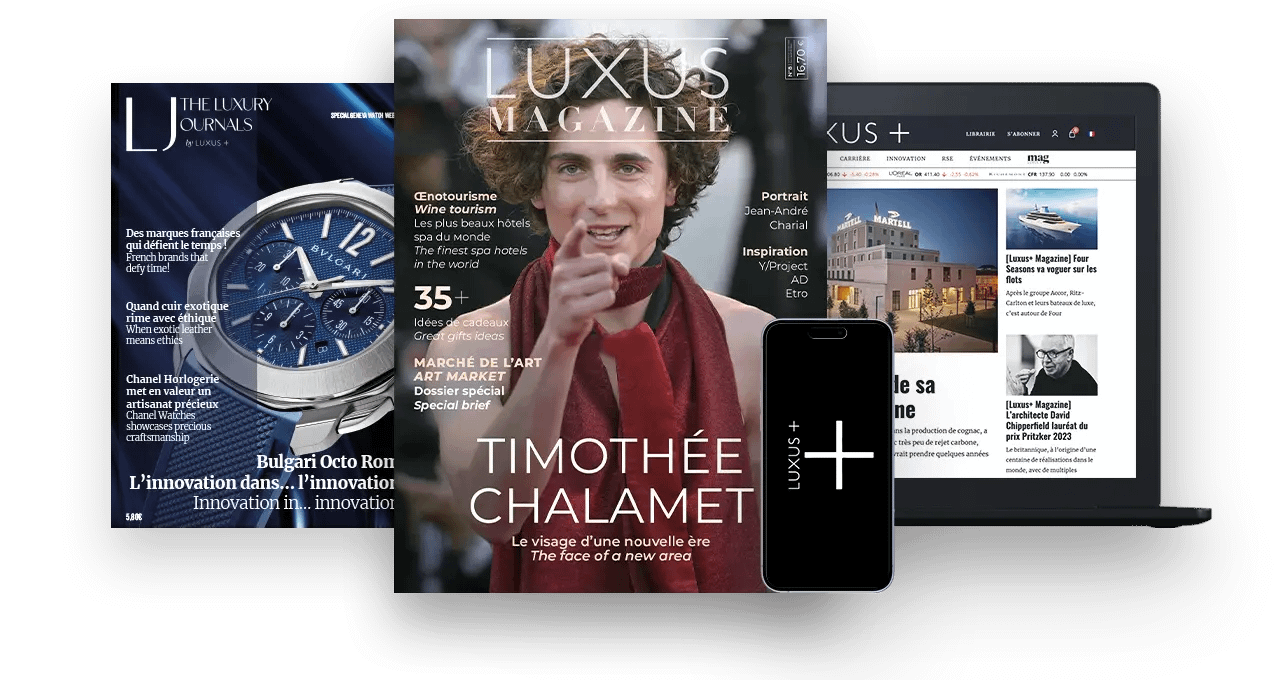Two recent studies, one focusing on the American luxury consumer and the other on the loyalty programs of department stores around the world, provide a better understanding of the expectations of their high-end clientele. After addressing, in a previous article, the attitude of American luxury consumers towards shopping, spending and the economy, this article deals with loyalty programs.
Faced with an uncertain environment and more cautious consumers, department stores are doing everything they can to retain their appeal. And they are stepping up initiatives to strengthen customer loyalty.
Two recent studies provide interesting insights, the first on the attitudes of American luxury consumers towards shopping, spending and the economy, and the second on the actions taken by department stores around the world to build customer loyalty.
As a reminder, in our previous article, we discussed the quarterly online survey Saks Global Luxury Pulse conducted by the Saks Global group (Saks Fifth Avenue, Neiman Marcus and Bergdorf Goodman), which surveyed 1,688 American luxury goods consumers over the age of 18 from January 16 to 22, 2025.
The second study was carried out by the International Association of Department Stores (IADS), an entity bringing together some fifteen international department store chains from China to the United States, via the United Arab Emirates, Spain and France.
After taking the pulse of luxury customers in the light of economic uncertainties and addressing the issue of personalization through artificial intelligence, it is time to look at the challenge of customer loyalty.
Customer loyalty, a major challenge for department stores
Read also > What do luxury department store customers expect? – Part 1/2
Featured photo: © Unsplash




































